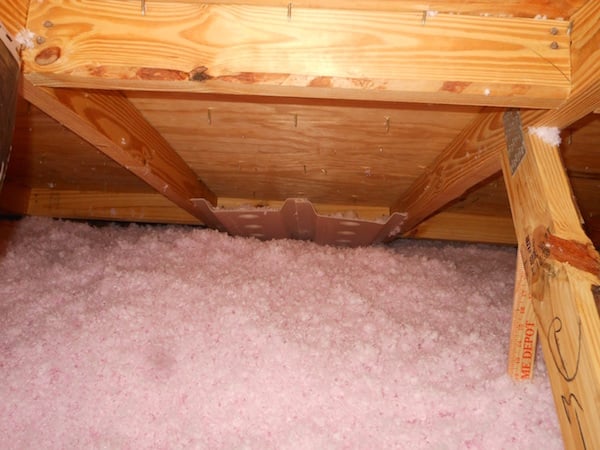
Upgrading the insulation in your home is a little like sending your kid out to play in the snow on a cold winter day: there’s no substitute for a good, heavy coat zipped up to the chin, but without snow boots, a stocking cap, gloves, snow pants, and a pair of long underwear to go along with it, it won’t be too long before you’ll find your little arctic explorer calling it a day and begging for a cup hot chocolate indoors. That same attention to detail is what’s needed when it comes time to upgrade your home’s insulation. Here’s a comprehensive list of areas to focus on to make sure your home is as energy efficient as possible all year round.
Attic Insulation
You know how your mother always told you that 90% of your body heat escapes from your head when you refused to put on your stocking cap? Same goes for your home. Everybody from the U.S. Department of Energy to the North American Insulation Manufacturer’s Association (NAIMA) agrees that insufficient attic insulation is a prime source of heating and cooling loss year round, making the attic a great place to start when it comes to shoring up the insulation in your home.
Wall Insulation
The wall insulation that provides a barrier between you and the outdoors is the down parka of the insulation world. If you don’t have it, you need it, and if it’s not up to snuff, you should upgrade it. If you have questions about the current state of the wall insulation in your home (the DOE’s EERE points out that insulation can settle over time, and that many older homes are under insulated by today’s standards), an energy auditor can utilize a number of strategies to determine whether wall insulation needs to be on your priority list, including thermographic and infrared whole house scans.
Basements and Crawlspaces
It’s true that being below ground provides a certain amount of natural insulation all on its own, but that doesn’t mean that your basement or crawlspace can’t benefit from a little insulation upgrade either. It’s like wearing (or not wearing) a good pair of snow boots. Pull on a pair of wool socks and your Sorels and you won’t have to think twice about your how cold your toes are. Go outside in a pair of flip-flops, however, and it doesn’t matter how bundled up the rest of you is, you’re guaranteed to feel the cold.
Windows and Doors
Imagine taking your heavy coat and cutting holes out of about half of the fabric. Now think about how effective that jacket would be at keeping you warm on a blustery, winter day. Sounds chilly doesn’t it? The truth of the matter is that windows can make up as much as 40% of the surface area in an average sized home, and can account for as much as 37% of the heat loss, according to the Peace and Environment News. Throw common air leaks that occur around poorly sealed doors into the mix, and it shouldn’t be any surprise that installing high efficiency windows and doors can translate into savings as high as $600 a year (according to the U.S. Department of Energy’s Energy Star Website) for homeowners looking to bolster their homes’ energy efficiency.
Ready to start your insulation upgrade?
Find ProsInstall Insulation
Sealing Against Air Leaks
Despite having satisfactory levels of attic and wall insulation, as well as high-end windows and doors, many homeowners still find themselves wondering where their high heating bills are coming from. It might just be that your home is nickel-and-dime-ing you into the poorhouse where insulation is concerned. The U.S. Department of Energy warns that small air leaks around window and door frames, electrical outlets, switch boxes, light fixtures, attic hatches, and even through plumbing and wiring penetrations, can add up quickly when you look at the big picture. After all, you wouldn’t expect a coat with a bunch of holes in it to keep you warm (even if they’re little ones), so why would you expect your home’s insulation to be any different?
Stay Dry
Whether it’s wet gloves or soaked socks, it’s no secret that if you get wet on a cold day you’ll be heading inside in no time, no matter what you’re wearing. According to the U.S. Department of Energy, the same principle applies to the insulation in your home-the drier it is, the more efficiently it will function, and vice versa. That’s precisely why it’s so important that your home isn’t only properly insulated, but that you’ve paid an equal amount of attention to the ventilation and drainage systems as well.
Ductwork
Most homeowners don’t think about the ductwork in their home when they’re upgrading insulation, but they should according to green remodeling expert David Johnston. In his book Green Remodeling: Changing the World One Room at a Time, Johnston claims that as much as 20% of the heat generated by your furnace can be lost en route, especially if your ductwork travels through uninsulated areas (such as crawlspaces and attics). In short, adding a few layers of insulation to the furnace ductwork in your home can make a big difference when it comes to putting a dent in your home heating (and cooling) costs.
Upgrading home insulation really isn’t all that tricky, but it can give you fits if you aren’t thinking about the bigger picture. The answer: do like your momma always told you. Wear layers, bundle up, and keep dry, and you and your home will be just fine.
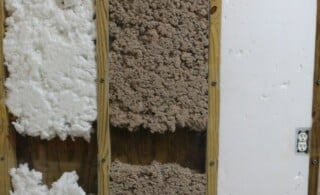 Fiberglass Insulation: A Simple Energy Saver
Fiberglass Insulation: A Simple Energy Saver 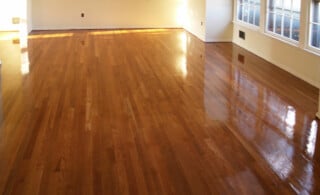 Insulating a Wood Floor
Insulating a Wood Floor 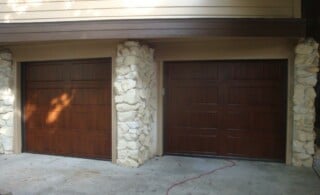 Protect Your Garage With Garage Door Insulation
Protect Your Garage With Garage Door Insulation 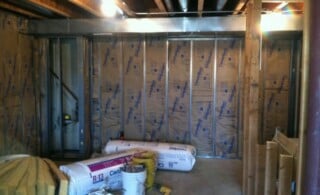 Cotton Insulation – Safe, Green & Effective
Cotton Insulation – Safe, Green & Effective 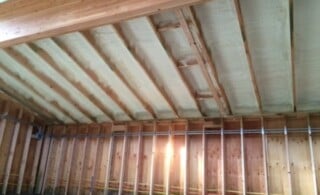 Sheet Foam
Sheet Foam 

Are You Familiar With This Topic? Share Your Experience.